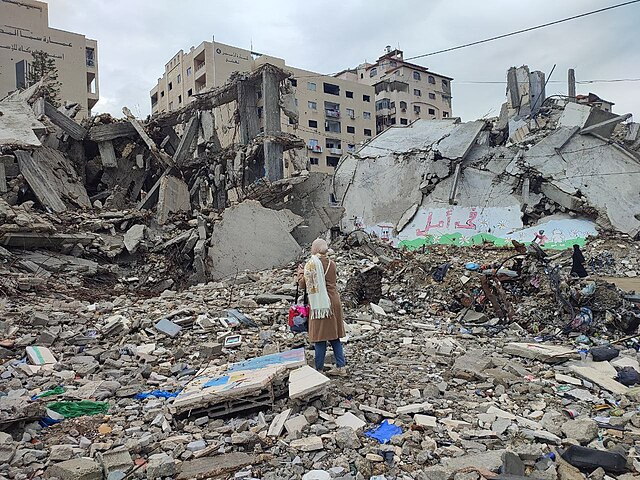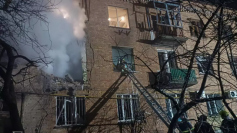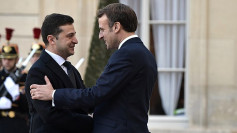A U.S.-brokered ceasefire between Israel and Hamas took effect at noon Friday, marking a pivotal step toward ending more than two years of fighting in Gaza and setting in motion a 72-hour countdown for the release of remaining hostages. The truce, sealed under President Donald Trump's 20-point peace framework, is backed by a U.S.-led monitoring force that American officials say is designed to ensure compliance from both sides.
U.S. Special Envoy Steve Witkoff said Central Command had confirmed that Israel completed the first phase of its withdrawal from Gaza before the ceasefire began. "Following the political echelon's instructions and due to the situational assessment, the IDF has begun operational preparations ahead of the implementation of the agreement," the Israel Defense Forces said in a statement on X. "As part of this process, preparations and a combat protocol are underway to transition to adjusted deployment lines soon."
The Israeli military said troops have now repositioned "along the updated deployment lines," leaving 53% of the Gaza Strip still under Israeli control until the next phase of the agreement. Under the deal, Hamas has 72 hours to release all hostages-living and deceased-including U.S. citizens Omer Neutra and Itay Chen.
President Trump, speaking in a Cabinet meeting Thursday, said he expected the hostages to return home within days. "We secured the release of all of the remaining hostages, and they should be released on Monday or Tuesday," Trump said, calling the coming return "a day of joy."
The ceasefire follows weeks of high-level negotiations led by Trump's senior advisers Jared Kushner and Steve Witkoff. Two U.S. officials told reporters that Trump provided a personal guarantee to Hamas through mediators in Egypt, Qatar, and Turkey that Washington would not allow Israel to abandon the deal or restart the war. "There was a great deal of mistrust between the sides and the president wanted to make it clear that this deal was very important to him," one U.S. official said.
As part of that guarantee, the U.S. established a military task force under Central Command to oversee compliance and respond to potential violations. The force, comprising 200 U.S. soldiers and officers, will work alongside military representatives from Egypt, Qatar, Turkey, and the United Arab Emirates to monitor the truce and facilitate humanitarian logistics. U.S. officials emphasized that no American troops will enter Gaza.
The diplomatic breakthrough came after Trump's envoys persuaded both sides to accept a phased plan involving troop withdrawals, prisoner exchanges, and the creation of an "international stabilization force" (ISF) to eventually replace Israeli troops in vacated areas. Kushner and Witkoff presented the concept to CENTCOM Commander Adm. Brad Cooper, who later joined talks to finalize security arrangements. "It strengthened the confidence in the guarantees the president provided that the deal would be carried out as written," said a U.S. official involved in the negotiations.
Trump personally announced the deal early Thursday on Truth Social after a late-night cabinet session in Jerusalem approved the terms. U.S. officials said Hamas' leadership ultimately agreed after concluding the remaining hostages had become "a liability rather than an asset" in their bargaining position. The agreement also includes plans for Arab and Muslim peacekeeping units to move into territories vacated by the IDF, a process expected to take several months.
In Gaza, IDF spokesperson Col. Avichay Adraee issued a statement in Arabic urging civilians to avoid military zones and warning that northern areas such as Beit Hanoun, Beit Lahiya, and Shejaiya remain "extremely dangerous." He cautioned Palestinians, "Do not move toward Israeli territory, and do not approach the security zone. Approaching the security zone is extremely dangerous."






